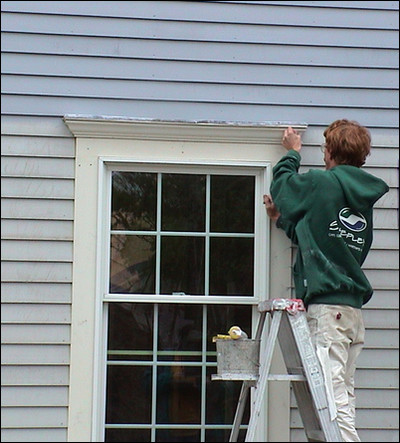In this installment of Tuesdays With Tommy, we ask the woodworker and host of Rough Cut – Woodworking with Tommy Mac for his take on how plastic and composite woods stack up against the real thing.
You may think you know where this is going, but Tommy isn’t so quick to throw the “fake” stuff under the bus. He does offer some good advice for those who want to go down that alternative road, too.
The Problem
Sally from Washington: I have some exterior trim to replace. What are your thoughts about Azek or other PVC or “plastic wood” molded products? Or am I better off sticking with real wood? Also, under what circumstances would you personally go with something other than real wood?
The Answer
Tommy: This is a complex question. It’s important to keep in mind that, like wood, those composite materials have different grades. You can get the cheapest, but you need to know that it’s likely it’s going to bend and warp and bow in the weather. Also, some of those products don’t take paint very well. There are also concerns about cutting it and inhaling the fibers.
If you want to use composite, do your homework. Read up on safety specs. Treat it like any other material. And make sure you’re getting what you pay for.
I would have reservations about using in on my own house. On the other hand, it may be a good alternative to buying box store pine trim. A lot of that type of trim is fast growth trees, so it doesn’t have the same type of structure that it once did. It tends to decay quicker.
For me, the best trim is always going to be something that is naturally weather proof, like red cedar. I’d personally go with that caliber wood.
But if I was forced to use it, I’d probably use it for trim work or perhaps decking.




























